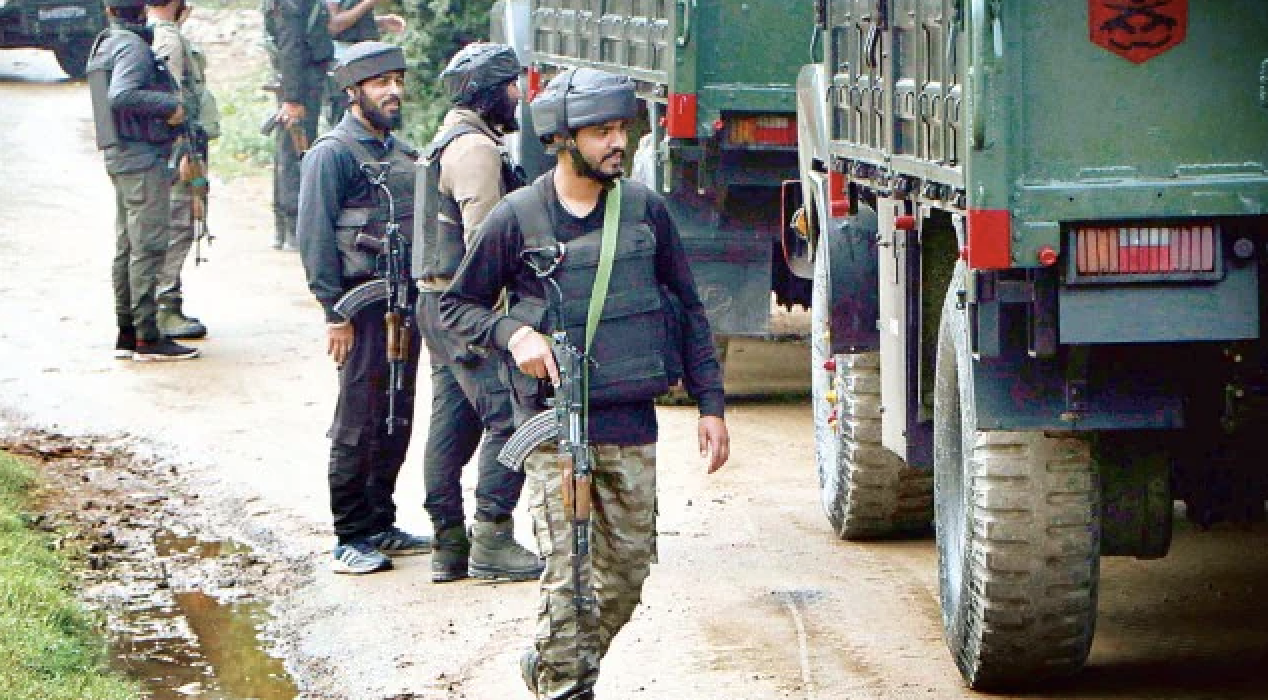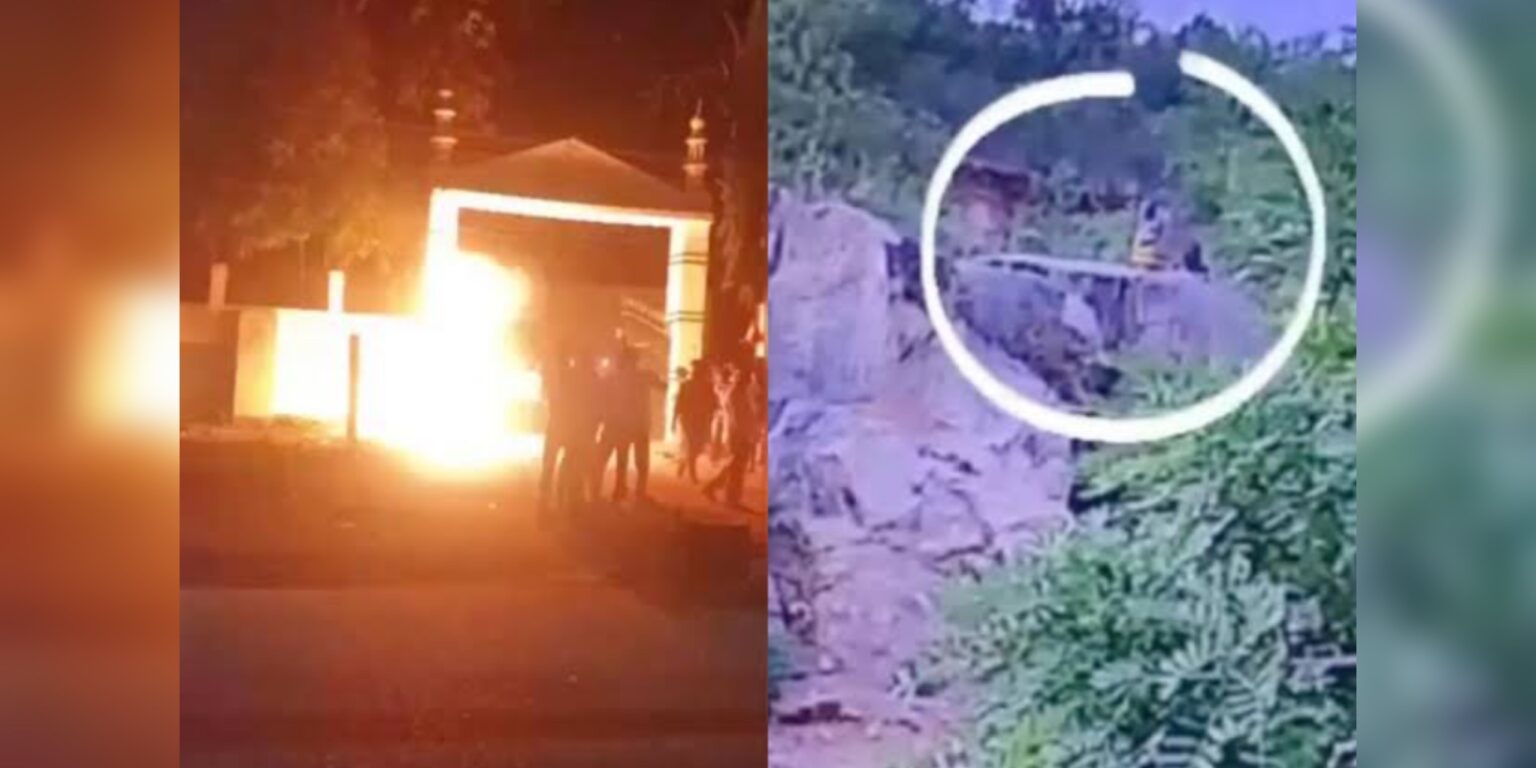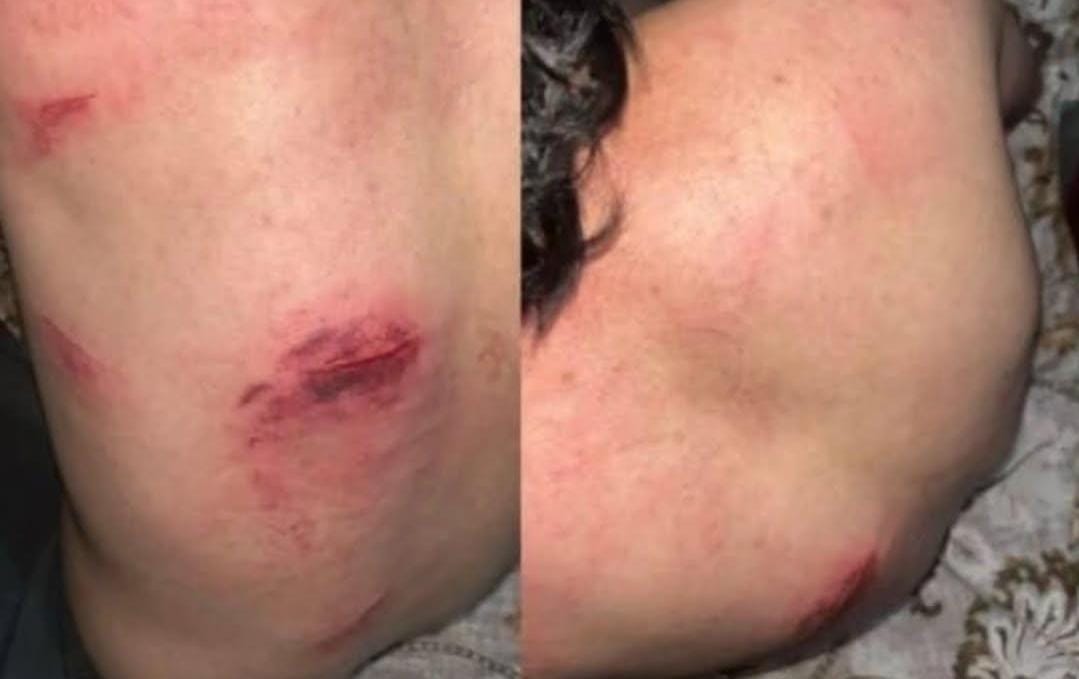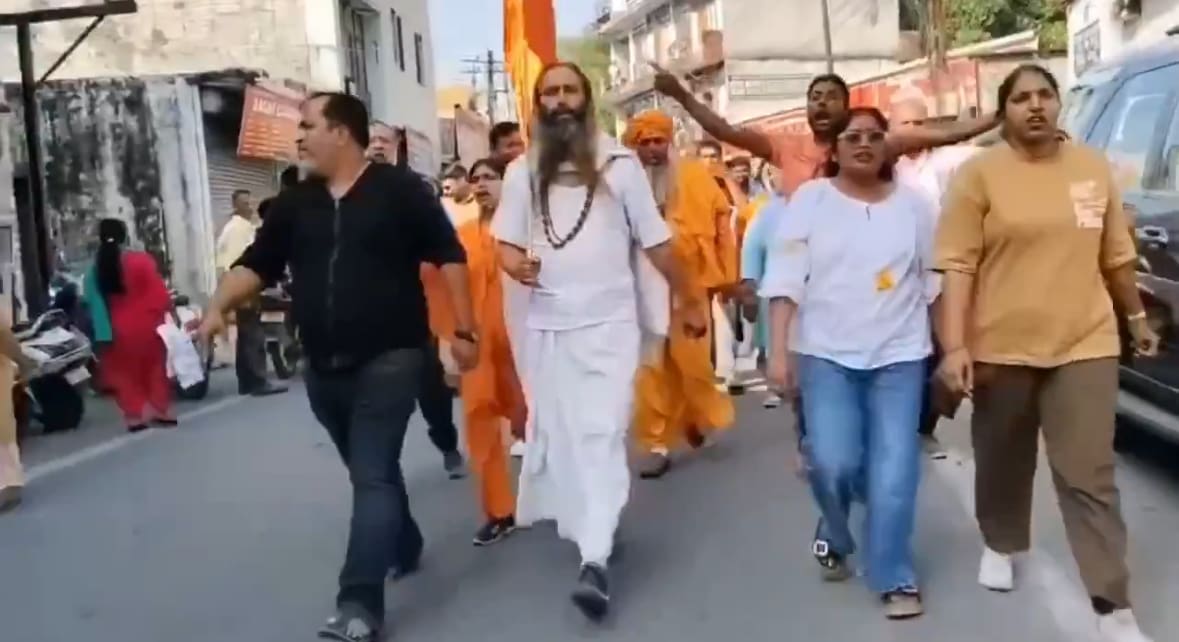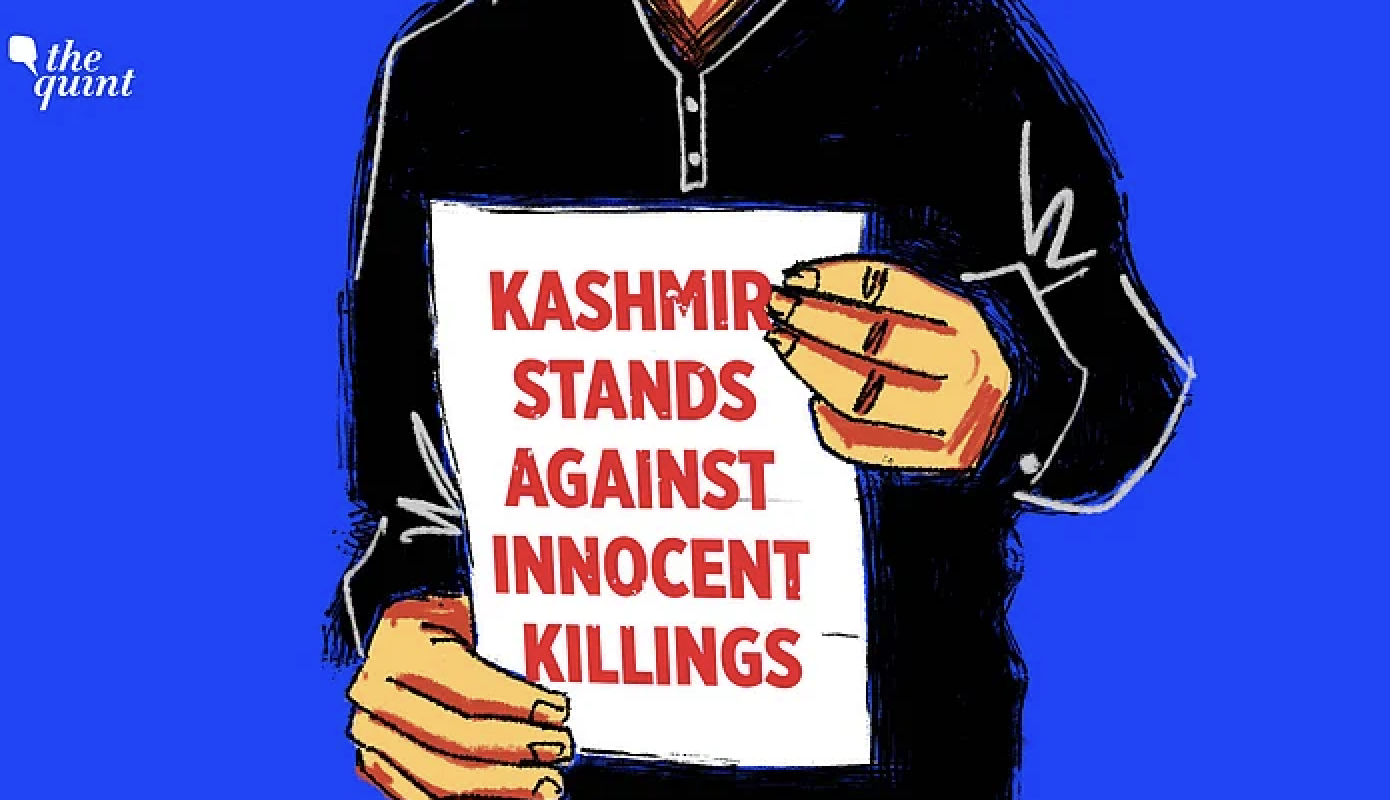
By
NEW DELHI — Fifteen people, including 13 women and two men from the Muslim community, have been charged in the Delhi riots case relating to protest against the Citizenship Amendment Act (CAA) at the Jaffarabad Metro Station from February 22-24, 2020, which the Delhi Police allege triggered the communal violence in the national capital at the time. Eleven people, including the student activists who led the anti-CAA movement — Safoora Zargar, Devangana Kalita, Natasha Narwal, and Gulfisha Fatima — have previously been charged in First Information Report (FIR) 48/2020 Jafrabad Police station — known as as ‘Jafrabad roadblock” case. The eleven accused were charged in the main chargesheet of FIR 48/2020 under eight sections of the Indian Penal Code (IPC), including rioting, assault, disobeying an order of a public servant, and promoting enmity between different groups, submitted to the Metropolitan Magistrate Fahaduddin in December 2019. The 15 people added to a supplementary chargesheet of FIR 48 have been charged under two bailable provisions of the IPC — Section 147 (rioting) and Section 188 (disobeying an order of a public servant), submitted to Metropolitan Magistrate Shama Gupta on 29 November 2021. Fahaduddin was transferred in October 2021.
The 13 Muslim women charged for rioting are of different ages, with the oldest born in 1951 and the youngest in 1993, as per their Aadhar cards provided in the supplementary chargesheet. Most of them are homemakers in low-income families and neighborhoods, as per their testimonies in the chargesheet. A few work as seamstresses for the garment factories in the area.
If found guilty, the 15 people included in the supplementary chargesheet face up to two years in prison and a fine or both.
The Investigating Officer (IO) in the case since January 2021, Inspector Rajeev Kumar Vats, submitted that the women were identified by secret informers — one male and two women constables — and examined by the former investigating officer in the case, Inspector Brijesh Malik.
IO Vats says that the accused were in contravention of an 11-year-old order, Circular No 35/2011, issued by the Commissioner of Police on 22 June 2011, which reiterates the guidelines laid down by the Supreme Court and Delhi High Court for organizers of protests, rallies, and demonstrations, including permission from the district DCP (Deputy Commissioner of Police).
The supplementary chargesheet contains an “interrogation report” with seven questions, posed by the Delhi Police to each of the accused, including whether they participated at the anti-CAA protest under the Jafrabad Metro Station on 22 February, what they saw, who called them to the protest site, whether they went alone or with someone, who did they go with, where they were between 22-24 February, what do they know about the “CAA-NRC” bill, and do they believe the “bill” is detrimental to them.
CAA refers to the Citizenship Amendment Act, a law that allows undocumented people living in India to apply for Indian citizenship, but not if they are Muslim. The NRC (National Register of Citizens), an exercise to identify undocumented people living in India, has so far only been implemented in the northeastern state of Assam. If the NRC is rolled out as a nationwide exercise, when read with the CAA, critics say that it will lead to differential treatment of Muslims who fail to prove their citizenship.
The Delhi Police says the anti-CAA protests were a front to ferment communal violence in Delhi. Out of the 53 people killed in the violence, over 70 percent of them are from the Muslim community. Out of the 18 people charged with planning the riots in FIR 59/2020 Delhi Crime Branch, including political activists and University students, 16 are Muslim.
The answers to the questions in the “interrogation report” — mostly similar, some word for word copies of each other — are handwritten, presumably by a Delhi Police personnel, and signed by the investigating officer Inspector Brijesh Malik, on 30 October 2020, 6 November 2020, 18 November 2020 and 3 December 2020. For instance, in response to the question on whether they thought that the “CAA-NRC” Bill would hurt them, almost all the answers were – “First, I thought that I would be thrown out of the country, but then it later turned out to be a rumour and I realized there would be no loss.”
The statements made by constables on how the people charged in the supplementary chargesheet were identified, located, and brought in for interrogation (different women were spotted walking in the peeli kothi ground in northeast Delhi’s Welcome area on different days over the course of four months) are identical.
The bulk of the police witnesses in FIR 48/2020 are police personnel. When the FIR was registered on 24 February 2020, one person, sub-inspector Devendra Singh, was the complainant, investigation officer, and the FIR witness.
While the police were present when the anti-CAA protesters allegedly converged at the Jafrabad Metro Station on the night of 22nd February 2020, and blocked part of the 66 Foota Road going from Seelampur to Maujpur, the FIR was registered two days later on 24 February. In the main chargesheet, the “heavy law and order situation” is cited as the reason for not registering the FIR on 23 February.
In a statement included in the supplementary chargesheet, the Duty Officer ASI Satyadev says that SI Devender Singh sent him a complaint over WhatsApp, which he then printed and sent to him for endorsement. Satyadev adds that he forgets who he dispatched with the complaint because of the hectic law and order situation that day, and he has deleted the WhatsApp chat message with the original complaint sent by Singh due to less space on his phone. In the main chargesheet, however, he makes no mention of this sequence of events.
A Crime Scene Visit Report in the supplementary chargesheet says that a visit to the Jafrabad Metro Station by a forensics team was carried out on 19 May 2020, three months after the anti-CAA protest and alleged mob violence on 66 Foota Road. They found no shattered stone, bricks, or signs of burning.
This story first appeared on indiaaheadnews.com


